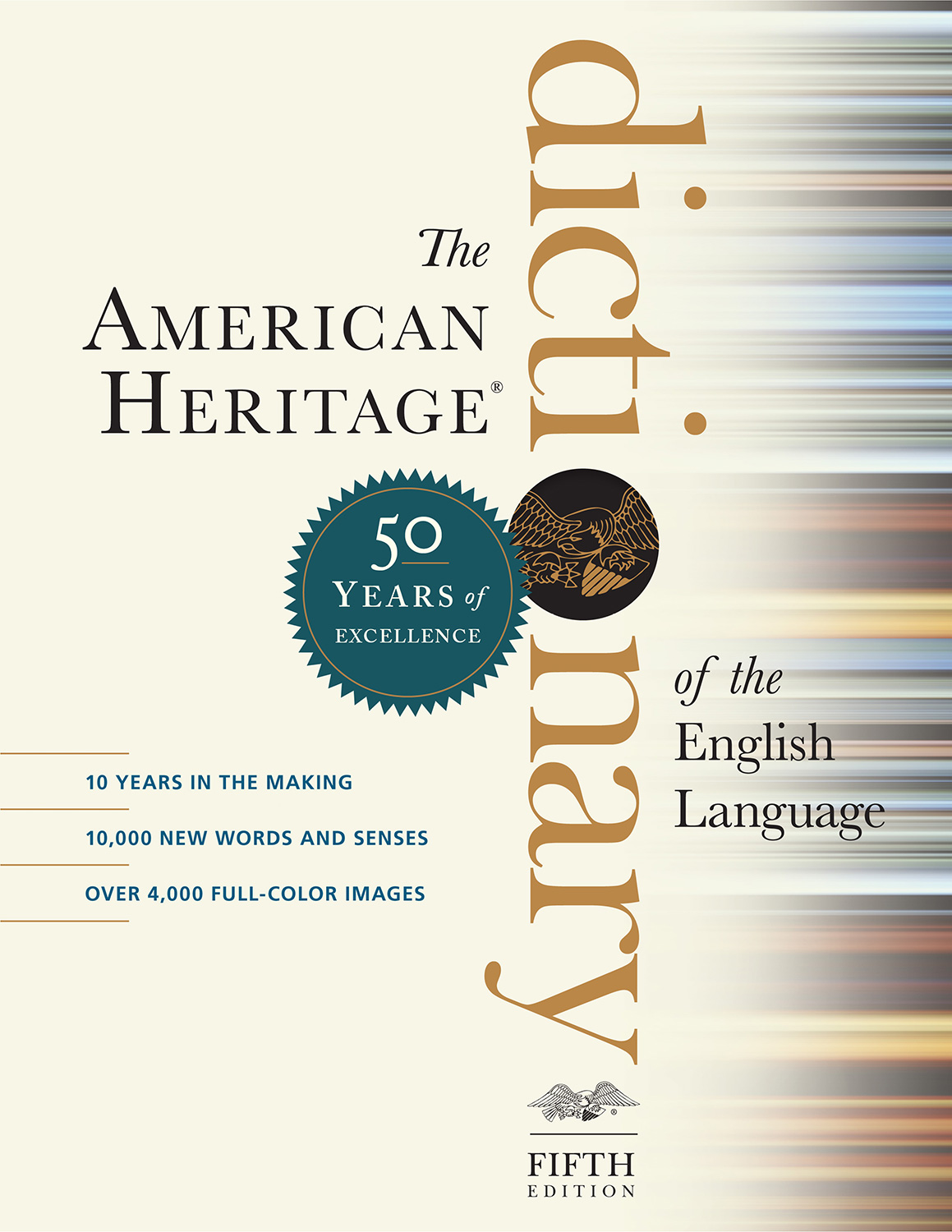in·duc·tion  (ĭn-dŭkshən) (ĭn-dŭkshən)
Share:
Tweet n. 1. a. The act or an instance of inducting. b. A ceremony or formal act by which a person is inducted, as into office or military service. 2. Electricity a. The generation of electromotive force in a closed circuit by a varying magnetic flux through the circuit. b. The charging of an isolated conducting object by momentarily grounding it while a charged body is nearby. 3. Logic a. The process of deriving general principles from particular facts or instances. b. A conclusion reached by this process. 4. Mathematics A two-part method of proving a theorem involving an integral parameter. First the theorem is verified for the smallest admissible value of the integer. Then it is proven that if the theorem is true for any value of the integer, it is true for the next greater value. The final proof conns the two parts. 5. The act or process of inducing or bringing about, as: a. Medicine The inducing of labor, whereby labor is initiated artificially with drugs such as oxytocin. b. Medicine The administration of anesthetic agents and the establishment of a depth of anesthesia adequate for surgery. c. Biochemistry The process of initiating or increasing the production of an enzyme, as in genetic transcription. d. Embryology The process by which one part of an embryo causes adjacent tissues or parts to change form or shape, as by the diffusion of hormones or other chemicals. 6. Presentation of material, such as facts or evidence, in support of an argument or proposition. 7. A preface or prologue, especially to an early English play.  (click for a larger image) inductionWhen a magnet is passed through a coil of wire, it produces an electric current. The direction of the flow of the current depends on the direction in which the magnet moves. In the top diagram the current flows from right to left. In the bottom diagram the current flows from left to right. |
The American Heritage® Dictionary of the English Language, Fifth Edition copyright ©2022 by HarperCollins Publishers. All rights reserved.






